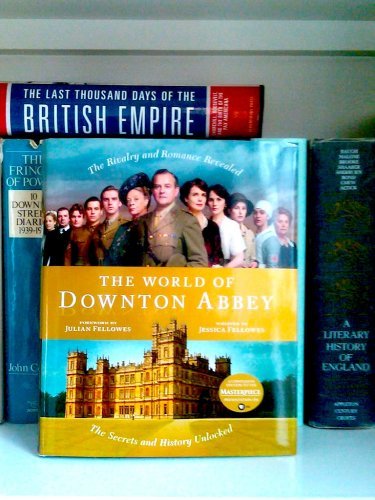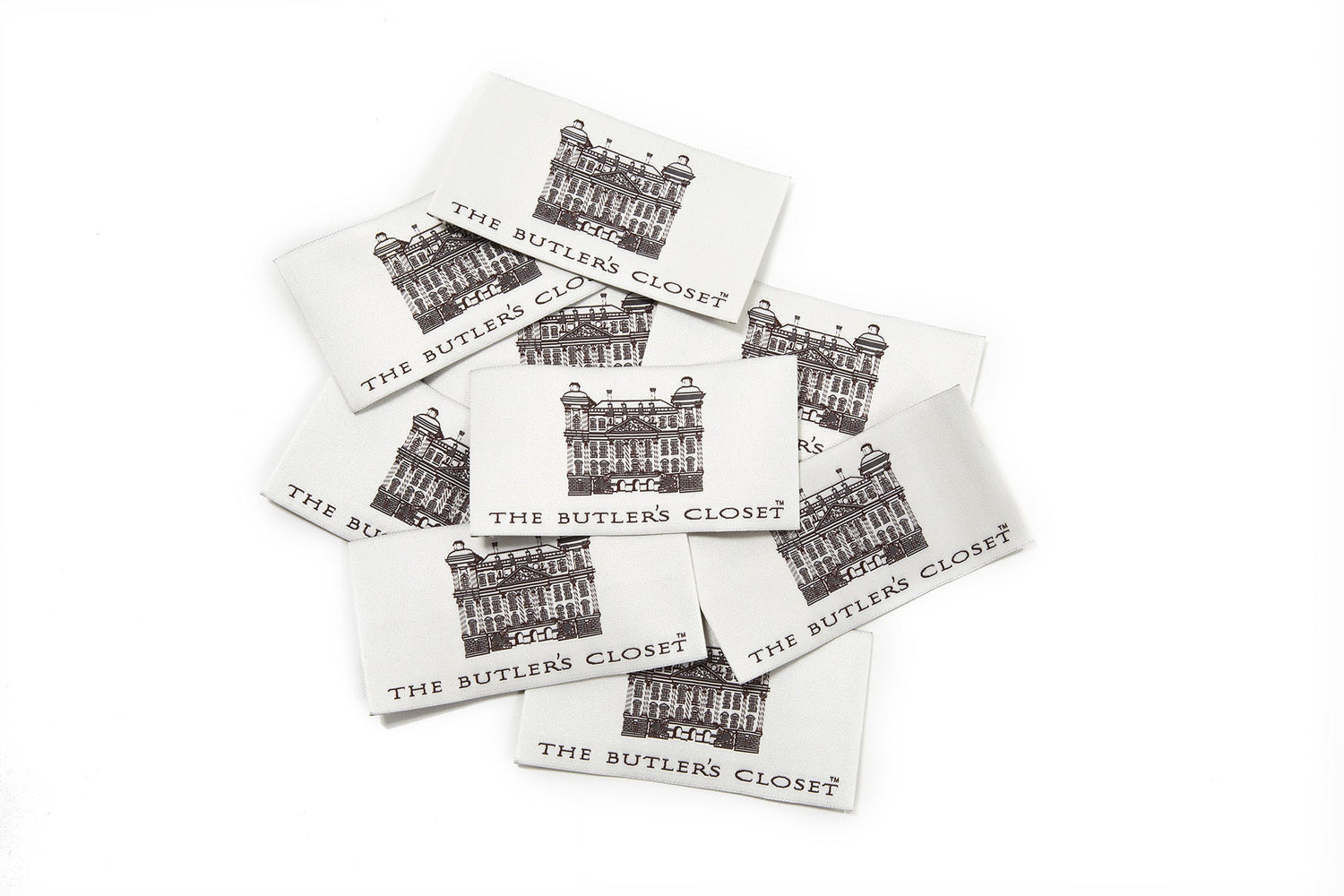Mad About Downton Abbey? A New York Times Article About Books to Read
Downton Abbey, the wildly popular PBS series about a British aristocratic family is mesmerizing.
I am quite mad about the series myself and on the edge of my seat waiting for each upcoming episode.
Having spent many years reading about aristocratic life in England, I was thrilled when I first learned that Julian Fellowes was the creator and executive producer of Downton Abbey. I knew we could anticipate a highly original, beautifully produced, and historically interesting series from the eriudite and insightful writer who won the Best Writing, Original Screenplay Oscar for Gosford Park.
Wikipedia describes him as follows: Julian Alexander Kitchener-Fellowes, Baron Fellowes of West Stafford, DL (born 17 August 1949), known professionally as Julian Fellowes, is an English actor, novelist, film director and screenwriter, as well as a Conservative peer.
Last fall, Alex Witchel visited Julian Fellowes in England and wrote a very interesting article in the New York Times "Behind the Scenes with the Creator of Downton Abbey" about Fellowes' background and career.
And recently, the New York Times devoted a front page story "If You're Mad for 'Downton,' Publishers Have Reading List" to the new books or older books being reprinted based on the popularity of the series.
Among the books is "The World of Downton Abbey" written by Jessica Fellowes, Julian's niece.

Over New Year's weekend, I read this book from cover to cover and found it very informative. While the book explores behind the scenes aspects of the program's production, it also includes a great deal of historical information and details about lives both above and below stairs.
Fellowes has created an accurate picture of life on both sides of the "green baize door" -- the door that separated the servant's quarters from the family's living quarters.
While the life of a servant was arduous, joining an aristocratic household was considered an important opportunity and a way to move ahead in the world.
Many of the young men and women who chose to go into service came from farming families and this was a way to earn a better wage and have the opportunity to travel if one achieved the status of a butler, valet or lady's maid.
Many British aristocratic families had a home in the English countryside and another in London. During the Season, which began after Easter and ended mid-August, families moved from the countryside to London to enjoy a continuous series of elaborate balls, dinner parties and charity events.
The country estates were put into hibernation while the family was in London. Carpets were rolled up, shutters fastened and furniture covered. Key members of the staff traveled with the family to London and a small skeleton crew was left behind. Today, many Stately Homes have become museums managed by The National Trust. During the winter months, when the houses are closed to visitors, the curatorial staff " puts the house to bed" which is the term they use when closing the house for the season. Carpets are rolled up, shutters are fastened and closed, and the curators cover furniture, chandeliers, and important decorative pieces with pristine unbleached cotton dust covers. These covers are usually custom made for the specific pieces they will protect and keep the furniture protected from light and dust throughout the winter months.
Once the spring arrives and the homes are opened again, the dust covers are removed, carpets unrolled and shutters thrown open to greet the new crowds of inquisitive visitors.
Many of the techniques devised by Butlers and their staffs are those that are used by curators in current times. The care taken to preserve and protect these historic properties inspired me to create my product line and launch The Butler's Closet Collection.
I hope you enjoyed this blog!
Barbara Harman

